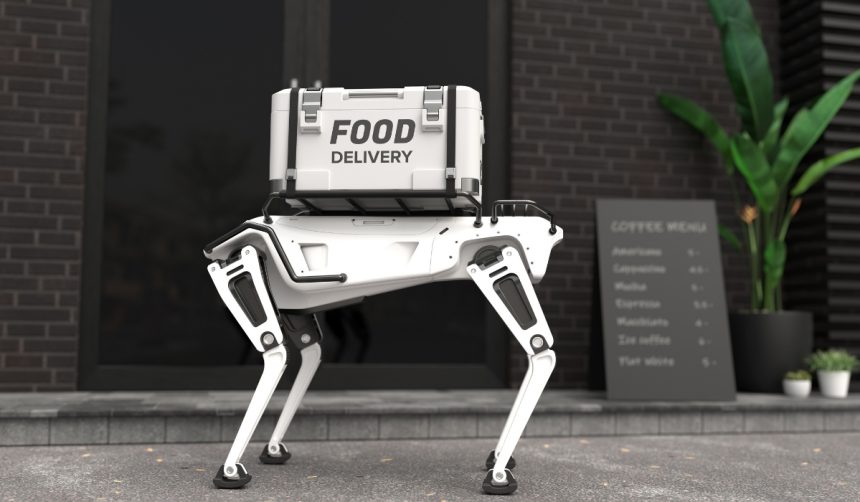The shift in robotics emphasizes functionality over human-like designs to address the specific needs of industries like warehousing and logistics. As businesses strive to optimize operations, the focus is increasingly on specialized machines that enhance productivity and streamline processes.
Robotics advancements have traditionally been showcased through humanoid models, but recent developments reveal a trend towards purpose-built solutions. This evolution highlights the industry’s preference for efficiency and practicality over replicating human forms.
Why prioritize efficiency over humanoid design?
Efficiency takes precedence in industrial applications, where tasks such as moving heavy pallets and navigating confined spaces are paramount. “Our technology isn’t built to replace humans—it’s built to augment human capabilities and optimize workflows that were previously constrained by manual labor,” stated Ahmad Baitalmal, CTO of Mytra.
How do purpose-built robots enhance warehouse operations?
Specialized robots like robotic arms, autonomous mobile robots (AMRs), and automated storage and retrieval systems (ASRS) are integral to modern warehouses. These systems are designed to handle large volumes of inventory with precision, significantly improving throughput and reducing operational costs.
What challenges do humanoid robots face in industry?
Humanoid robots encounter limitations in dexterity, balance, and energy efficiency, making them less suitable for industrial tasks. These challenges hinder their scalability and effectiveness compared to purpose-built alternatives that are tailored to specific operational requirements.
Current robotics solutions are reshaping supply chains by enabling more compact storage and faster material handling. Mytra’s approach exemplifies this trend, focusing on enhancing workflow efficiency rather than mimicking human movements. This strategic direction supports immediate operational improvements and addresses the pressing needs of today’s logistics environments.
As automation continues to evolve, the emphasis on designing robots for specific functions rather than human-like versatility is proving advantageous. Companies that adopt purpose-built robotics are experiencing tangible benefits, including increased reliability and scalability in their operations. Understanding the distinct advantages of specialized robots can guide businesses in selecting the right technologies to meet their unique challenges.
Future advancements in robotics will likely continue to prioritize functionality, ensuring that machines effectively address the demands of various industries. By focusing on task-specific designs, the robotics sector can deliver more impactful and sustainable solutions that drive long-term efficiency and growth.










